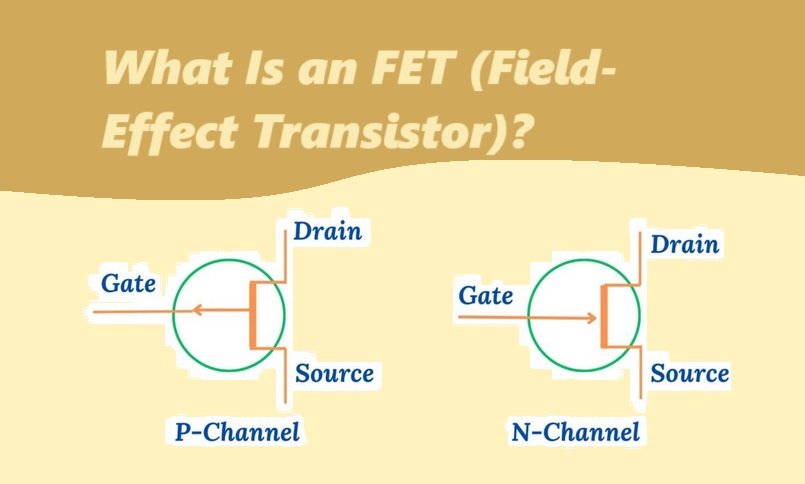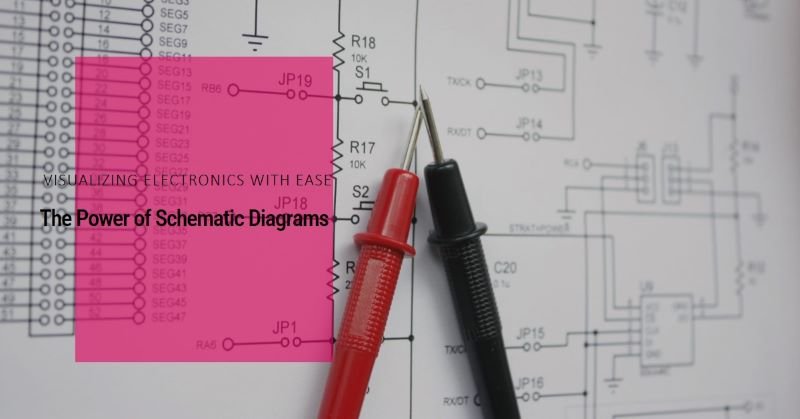What Is an FET (Field-Effect Transistor)?
An FET, or Field-Effect Transistor, is a type of transistor that is widely used in electronic devices. It is a three-terminal device that can amplify and switch electronic signals. FETs are commonly used in applications such as amplifiers, oscillators, and digital circuits.
How Does an FET Work?
An FET works based on the principle of the field effect. It consists of a semiconductor material, typically silicon or gallium arsenide, with three terminals: the source, the drain, and the gate. The source and drain terminals are connected to the ends of the semiconductor material, while the gate terminal is positioned in the middle.
When a voltage is applied to the gate terminal, it creates an electric field in the semiconductor material. This electric field controls the flow of current between the source and drain terminals. The FET can be operated in two modes: the enhancement mode and the depletion mode.
In the enhancement mode, the FET is normally off, and the application of a positive voltage to the gate terminal increases the flow of current between the source and drain terminals. This makes the FET act as an amplifier or a switch.
In the depletion mode, the FET is normally on, and the application of a negative voltage to the gate terminal decreases the flow of current between the source and drain terminals. This allows the FET to control the current flow and act as a switch.
Types of FETs
There are several types of FETs, including:
- MOSFET (Metal-Oxide-Semiconductor Field-Effect Transistor): This is the most commonly used type of FET. It has a metal gate insulated from the semiconductor material by a thin layer of oxide. MOSFETs are widely used in digital circuits.
- JFET (Junction Field-Effect Transistor): This type of FET has a junction between the gate and the semiconductor material. JFETs are used in applications such as amplifiers and oscillators.
- HEMT (High Electron Mobility Transistor): HEMTs are specialized FETs that are used in high-frequency and high-power applications. They have a heterojunction structure that allows for high electron mobility.
Advantages of FETs
FETs offer several advantages over other types of transistors:
- High input impedance: FETs have a very high input impedance, which means they require minimal input current. This makes them suitable for applications where the input signal strength is weak.
- Low noise: FETs have low noise characteristics, making them ideal for applications that require high signal fidelity.
- Fast switching speed: FETs can switch on and off quickly, making them suitable for high-speed digital circuits.
- Small size: FETs are available in small packages, allowing for compact circuit designs.
Applications of FETs
FETs are used in a wide range of electronic applications, including:
- Amplifiers: FETs can be used to amplify weak signals in audio and radio frequency applications.
- Oscillators: FETs can generate and control oscillations in electronic circuits.
- Switches: FETs can be used as switches to control the flow of current in digital circuits.
- Sensors: FETs can be used as sensors to detect changes in temperature, light, or pressure.
- Power supplies: FETs are used in power supply circuits to regulate voltage and current.
In conclusion, an FET is a versatile electronic component that plays a crucial role in various electronic devices and circuits. Its ability to amplify and switch electronic signals makes it an essential building block in modern technology.








